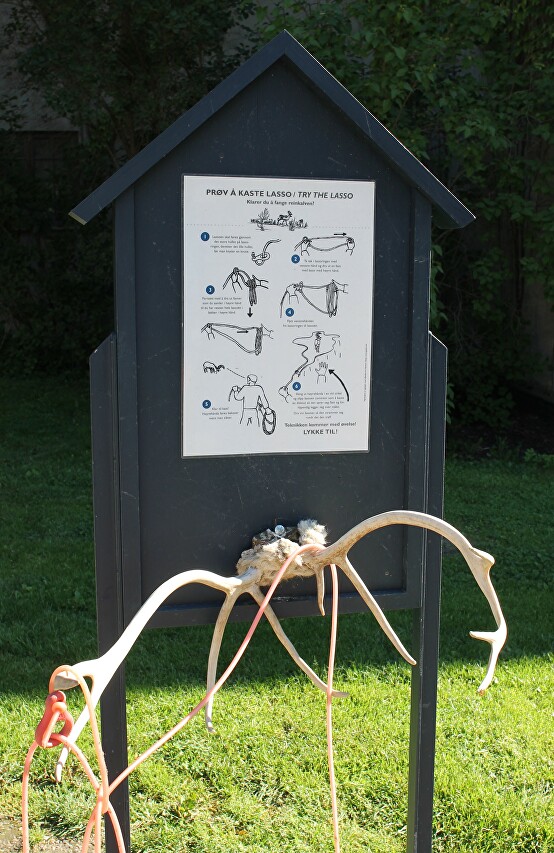Sami Hut
The Sami are a small Finno-Ugric people who have lived in the Central and Northern part of the Scandinavian Peninsula since ancient times. Previously, they were called Laapar, and their habitat is Lapland. Currently, the Sami live in Norway, Sweden, Finland and Russia, their number is about 80 thousand. The main occupation and source of existence of the ancient Sami was reindeer husbandry, and therefore they led a nomadic lifestyle, following the herds that migrated in search of pastures. This led to a special type of dwelling that could be quickly moved to another location.
In the Ethnographic Museum of Oslo, you can get acquainted with the southern Sami house, built in 1992 by Jonas Danielsen, an ethnic Sami. In such a hut he lived as a child in the 30s in Elgå, Hedmark province. The building consists of two parts that have different names and designs. The room where the entrance door is located is built from poles curved in the form of arches, it is used for storing supplies and as an entrance vestibule that saves heat in the living room. In winter, for warmth, the skins are covered with tree branches and covered with turf.
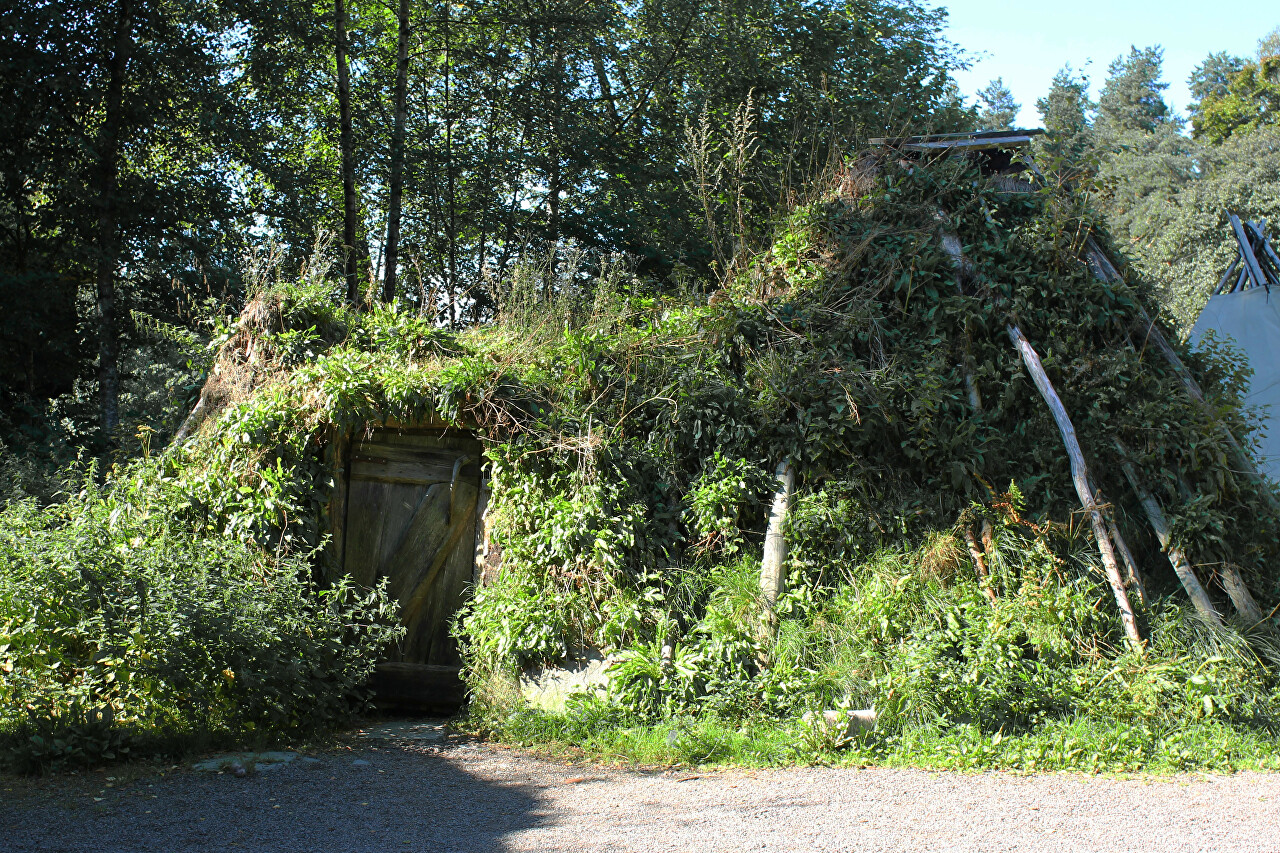
The living space is tent-shaped and constructed of poles covered with reindeer skins. Here is the hearth, around which the sleeping places are laid out.
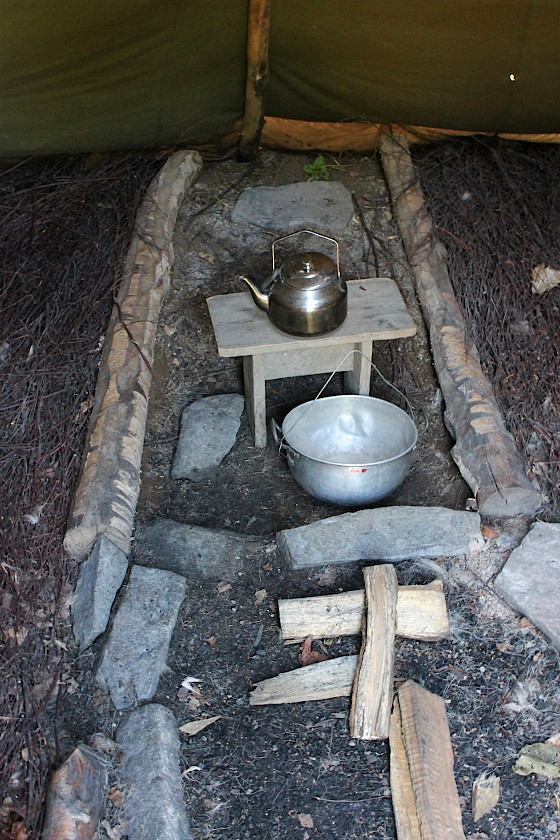
The top of the tent has a wide opening for smoke and lighting.
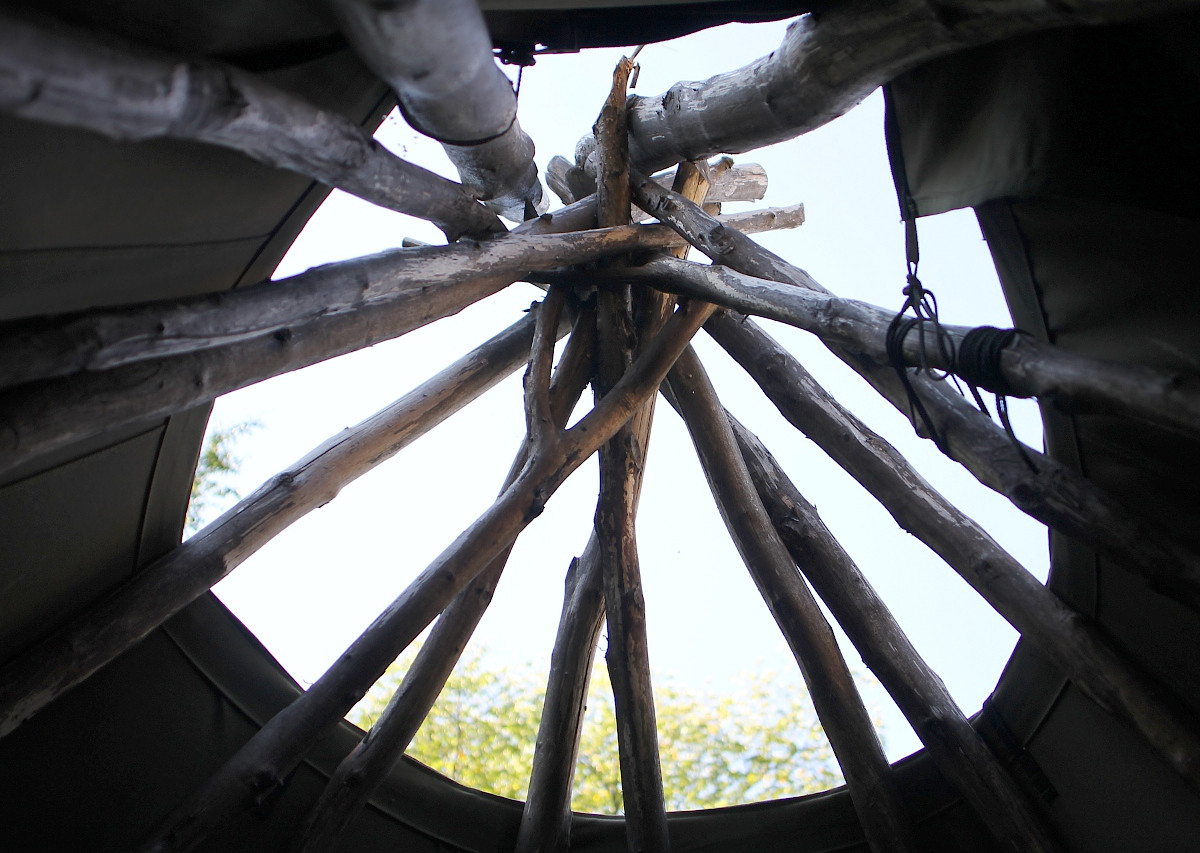
At the end of the 19th century, the Sami began to use log cabins for both housing and household needs. Food barns were raised on stilts to protect them from wild animals. The roofs were still insulated with centuries-old turf.
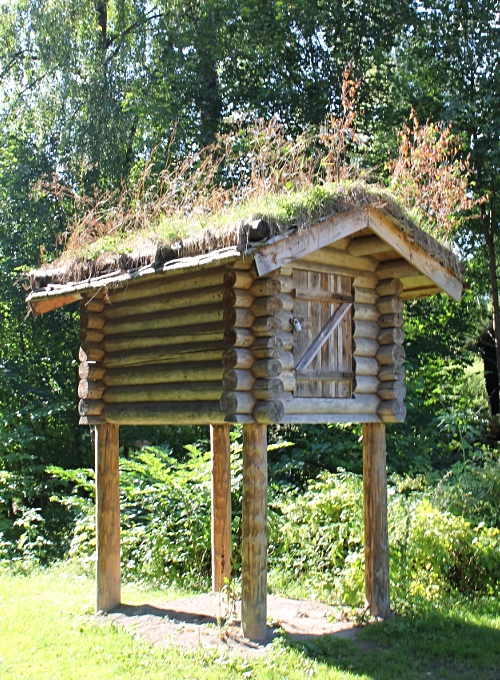
Now the Sami have permanent comfortable homes and in addition to reindeer husbandry are engaged in farming and fishing, but during the seasonal migration of deer live in traditional frame tents covered with modern materials, one of which can be seen next to the hut.
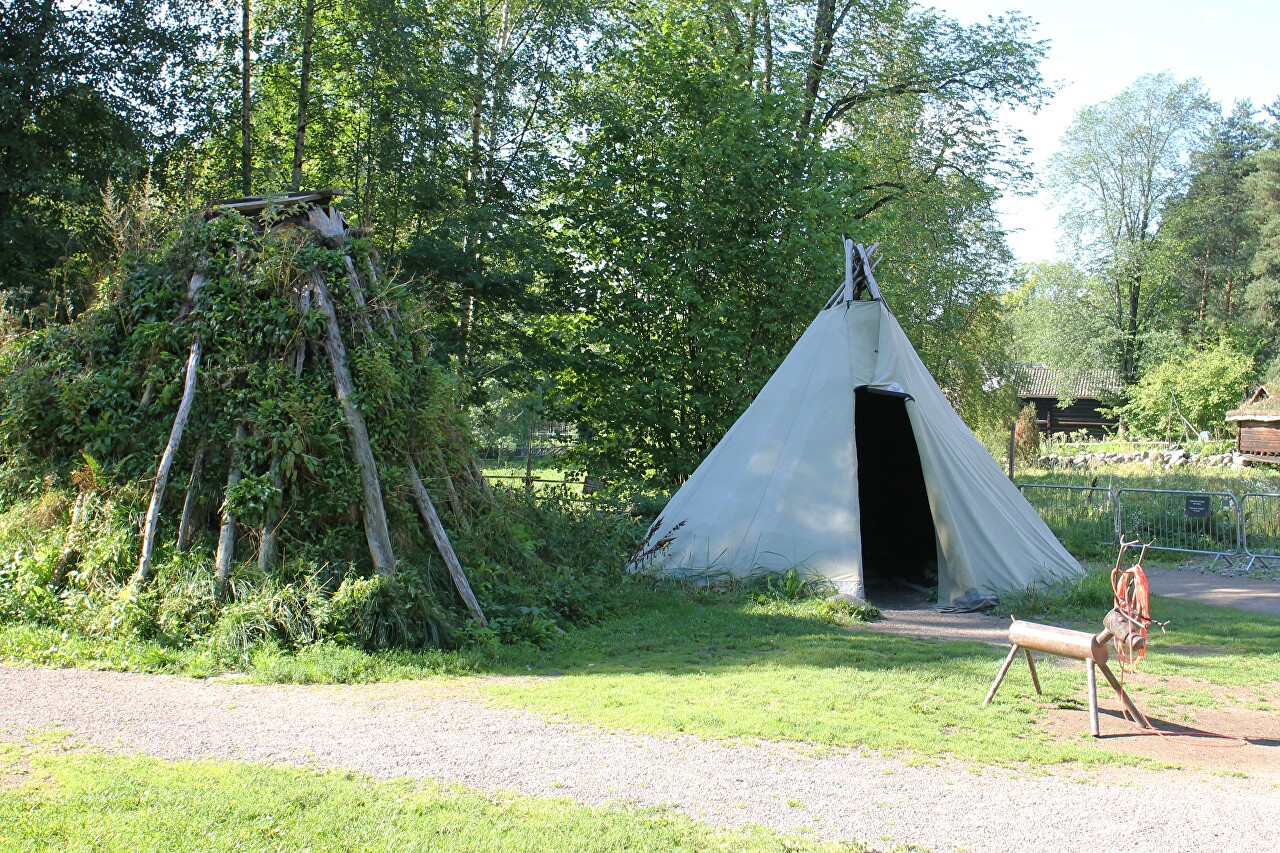
Reindeer husbandry remains a major and very important part of the Sami culture to this day. It provides the main living needs of the Sami people: meat, wool and transport. Next to the hut there is an attraction where you can feel like a reindeer herder, trying to throw a rope loop on the horns of an iron "deer". This attraction is now popular not only among the Sami, such "deer" can be found in any place of recreation.
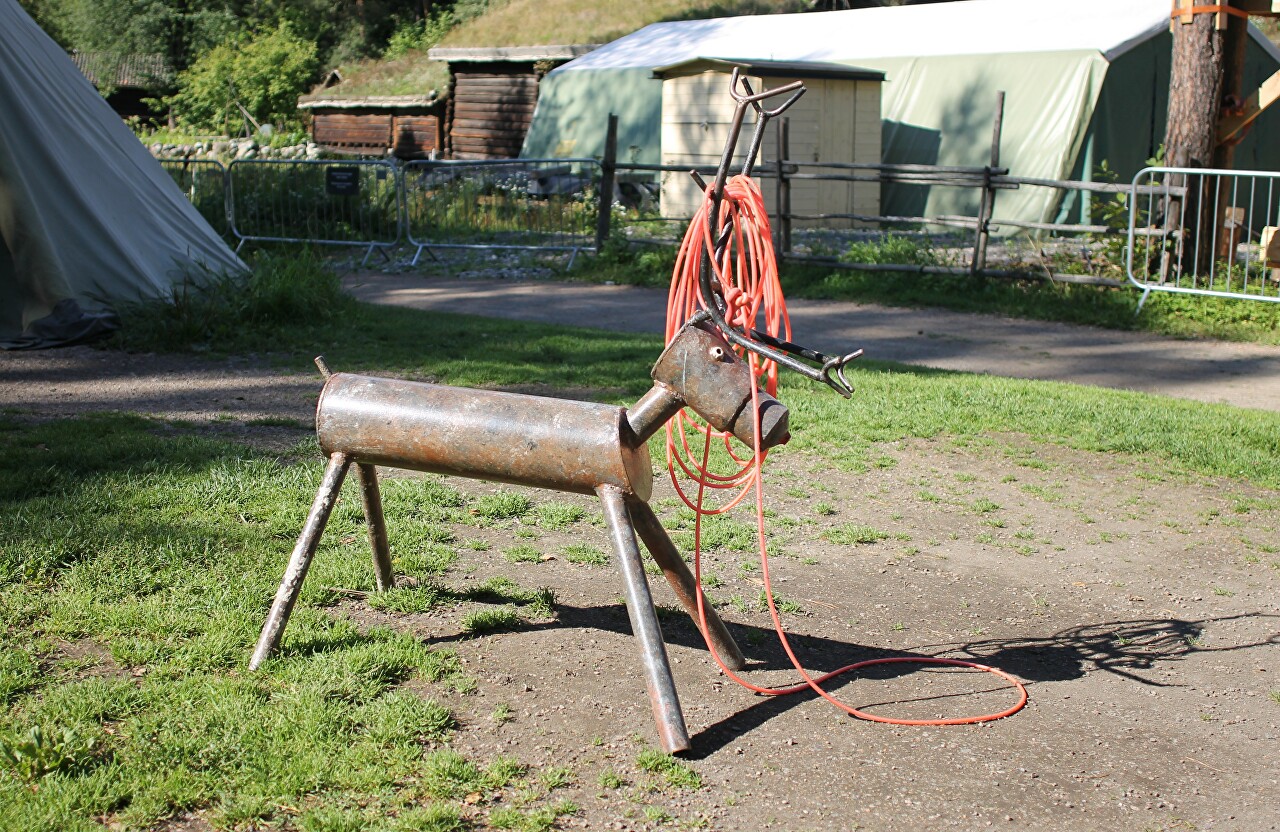
The stand clearly shows how to fold the rope for throwing. It seems to be simple, but I did not succeed in lashing the horns even after five attempts.
